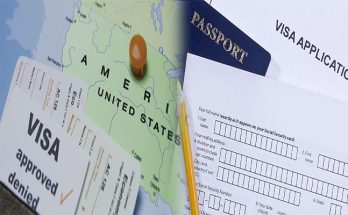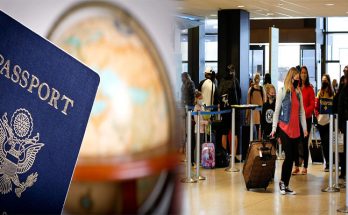The U.S. Department of State issues travel advisories to provide guidance to American travelers about the safety and security conditions in specific countries. These advisories are crucial for travelers to understand the potential risks associated with international travel. In this article, we will explore the different advisory levels and their implications for travelers.
The Four Levels of Travel Advisory
The State Department issues travel advisories categorized into four levels, each representing varying degrees of potential risk:
- Level 1: Exercise Normal Precautions
- This level indicates that travelers should exercise normal precautions when traveling to the specified country. While there may be some risks present, they are generally no greater than what you would encounter in day-to-day life in the United States.
- Level 2: Exercise Increased Caution
- This level advises travelers to be cautious and aware of potential risks when visiting the specified country. It implies that there may be heightened risks to security and safety, such as political unrest, natural disasters, or crime.
- Level 3: Reconsider Travel
- Level 3 suggests that travelers should reconsider their plans to visit the specified country due to serious risks to safety and security. This could include high crime rates, civil unrest, or unstable governments.
- Level 4: Do Not Travel
- The highest advisory level, Level 4, indicates that travelers should not travel to the specified country due to extreme risks to personal safety, such as war, terrorism, or ongoing armed conflict.
Implications for Travelers
Understanding the implications of each travel advisory level is vital for travelers in making informed decisions about their international trips.
- Level 1: Travelers should remain vigilant, stay informed about local conditions, and follow the advice of local authorities. Basic precautionary measures, such as securing valuables and avoiding high-risk areas, should be taken.
- Level 2: Travelers should carefully assess the risks, stay updated on local news, and be prepared for potential disruptions to travel plans. It’s advisable to have contingency plans in place and maintain a higher level of awareness of your surroundings.
- Level 3: Reconsidering travel plans is crucial at this level, though it doesn’t necessarily mean canceling them altogether. Travelers should thoroughly research the specific risks, consider whether the trip is necessary, and take additional precautions if they decide to proceed with their plans.
- Level 4: Travelers are strongly advised not to travel to countries with a Level 4 advisory. The risks are severe, and potential dangers could pose significant threats to personal safety. Travel to these countries should be avoided unless absolutely essential.
Traveler Resources
It’s essential for travelers to stay informed and utilize available resources when planning trips to countries with active travel advisories:
- State Department Website: The State Department’s travel advisory page provides detailed information on the conditions and risks in specific countries, along with any additional travel alerts or warnings.
- Local Embassy or Consulate: Travelers can reach out to the nearest U.S. embassy or consulate in their destination country for assistance and guidance.
- Travel Insurance: When visiting countries with elevated travel advisory levels, having comprehensive travel insurance can provide necessary coverage for unexpected incidents or emergencies.
Final Thoughts
Travel advisory levels are valuable tools for travelers to assess potential risks and make informed decisions. It’s crucial for individuals embarking on international journeys to stay informed, take precautionary measures, and make use of available resources to ensure their safety and security. By understanding the implications of each advisory level, travelers can better prepare for and navigate the challenges associated with traveling abroad. Safe travels!





